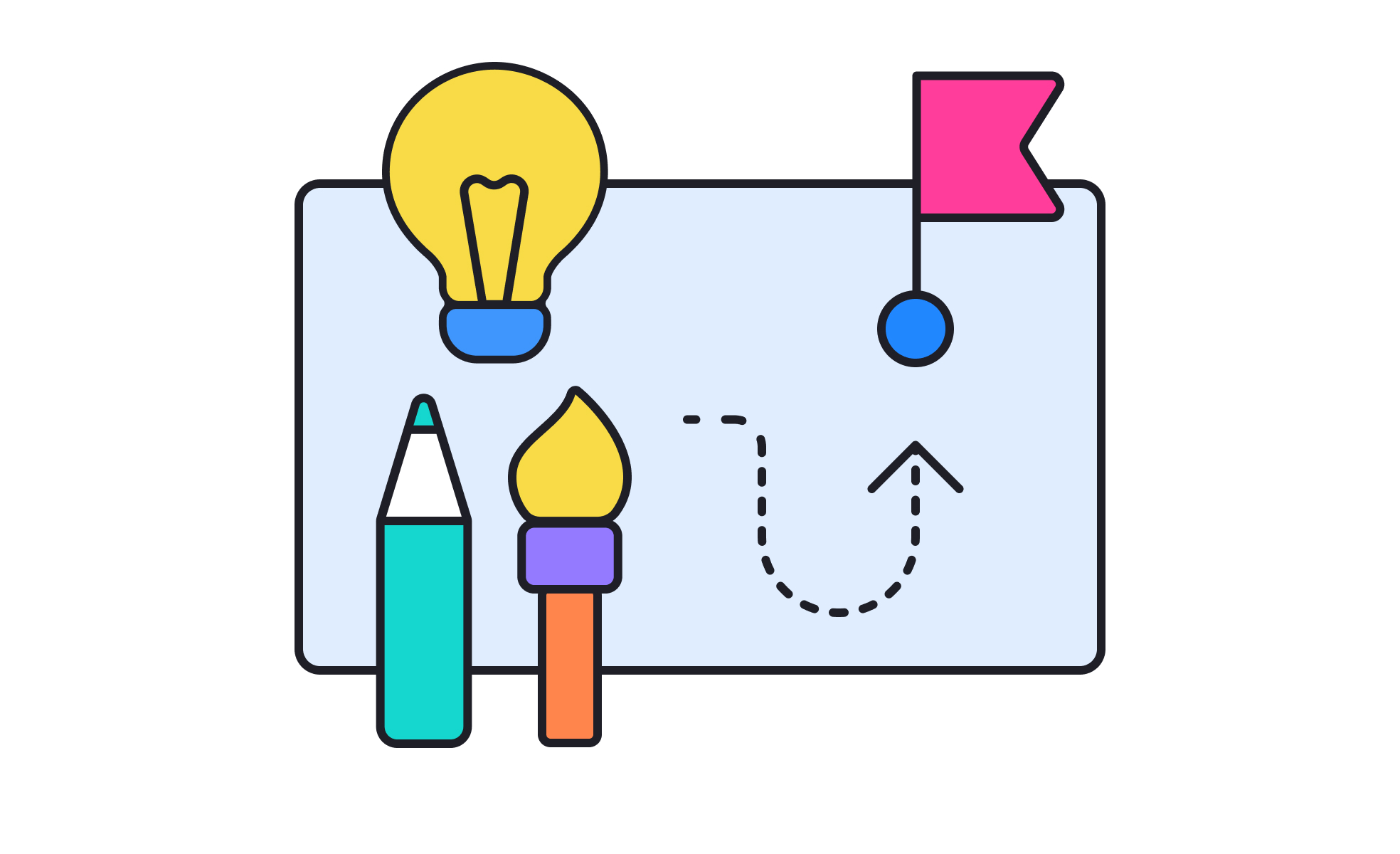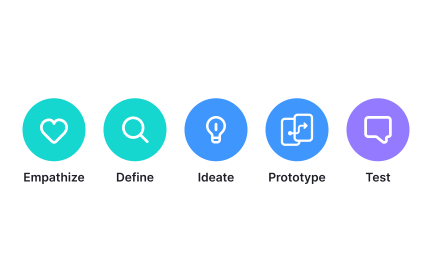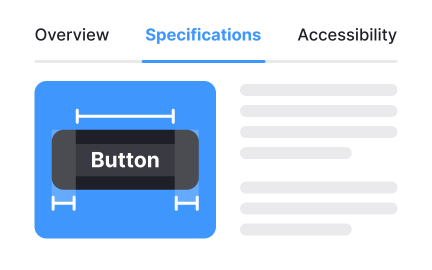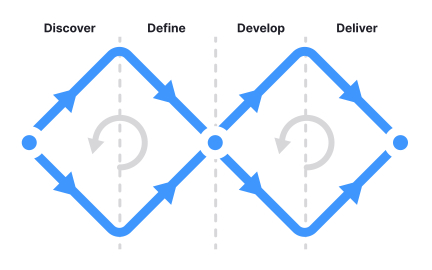Design Process
The design process is a structured series of steps that guide teams from problem definition to tested solutions, building business-aligned products.

The design process provides structure for tackling complex problems. Rather than working chaotically, teams follow a set of steps that guide exploration, ideation, and refinement. This ensures that solutions are purposeful, validated, and aligned with both user and business needs.
Typically, the process begins with research to uncover user needs and pain points. Designers conduct interviews, usability testing, or market analysis to ground their work in evidence. Insights from this phase prevent teams from solving the wrong problems.
Next, ideation generates possible solutions. Brainstorming sessions, sketching, and collaborative workshops allow diverse perspectives to emerge. This stage thrives on creativity, but ideas are evaluated against research findings to ensure relevance.
Prototyping follows, giving form to ideas in tangible ways. Low-fidelity sketches evolve into interactive prototypes. These allow teams to test and refine designs before committing to full development, saving time and reducing costly rework.
Testing is a critical stage where users interact with prototypes. Observing behavior and gathering feedback ensures designs meet real needs. Iteration happens here, where flaws are uncovered and improvements are made until solutions feel intuitive.
Finally, implementation bridges design with development. Clear specifications, handoff tools, and design systems ensure that vision translates accurately into functional products. Collaboration at this stage is key to maintaining quality.
Learn more about this in our Design Processes Lesson, a part of the Design Terminology Course.
Key Takeaways
- Structured steps guide design from start to finish.
- Research prevents solving the wrong problems.
- Ideation encourages diverse solutions.
- Prototyping and testing validate ideas.
- Collaboration ensures smooth implementation.
- Iteration is central to refinement.
Without a process, teams risk relying on intuition rather than evidence. This often leads to wasted resources and poor user outcomes. A clear process keeps projects focused, efficient, and grounded in user needs.
It also creates alignment across teams, providing transparency into how decisions are made and why certain solutions are chosen.
No, the design process is iterative. Teams often revisit earlier stages based on findings from testing or new requirements. This flexibility ensures products evolve effectively.
Rather than a straight line, the process functions like a cycle, where each step informs the next while allowing for revisiting when necessary.
Product managers use it to align design activities with business goals. They help prioritize which problems to address and ensure that research aligns with product strategy.
By participating in the process, managers bridge communication gaps and keep projects on schedule.
Recommended resources
Courses

Service Design

HTML Foundations

Mentorship Mastery
Lessons

UI Design Deliverables

Atomic Design by Brad Frost

Design Disciplines
Tutorials

Storytelling, not reporting. Engaging case studies

Creating Reusable Components in Figma: A Step-by-Step Tutorial

The Importance of Creativity in the Design Process
Projects

Joblet Hire - Profile Page

Crypgo Modern Landing Page Design & Template for Crypto Platforms, Startups, SaaS, Mobile Apps














